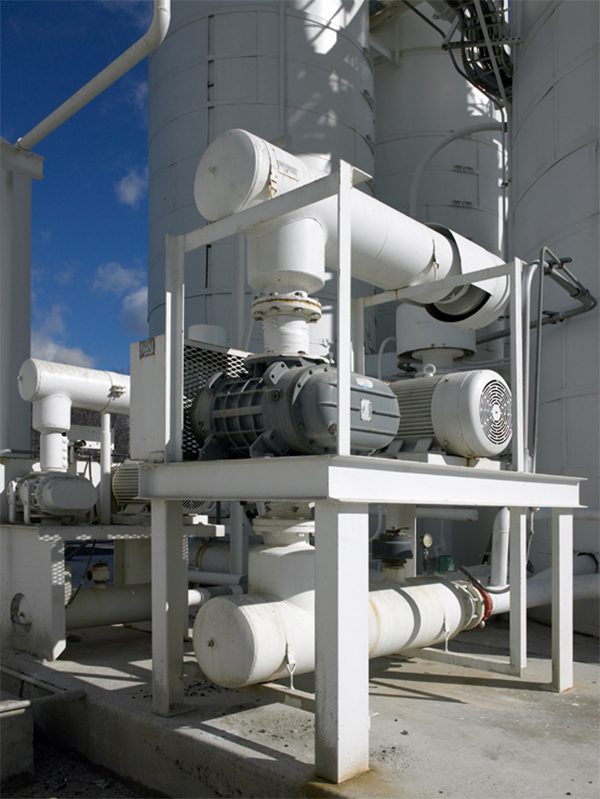

“A Horse! A Horse! My kingdom for a horse!”
- Richard III as the title character in Shakespeare’s 1591 play
For those unfamiliar with the Bard’s work, or Mid-Evil British history, the line is spoken as the last English King to be killed in battle has had his horse taken out from beneath him and he is trying desperately to get back into the fight and reach Henry Tudor, soon to be better known as Henry VII, (No…not the fat one).
In Shakespeare’s time, cavalry superiority was so important that even today we tend to use “Horsepower” as the standard for measuring work or force. The term gained popular acceptance when Scottish engineer James Watt began a study to compare Steam Engines to Draft Horses in terms of units of work to be done (In a bit of irony, the base unit of electrical work today is actually a watt and 1 Horsepower = 746 watts or 0.746 Killowatts).
The standard “engine” of today’s pneumatic conveying systems is the PD blower package, the size of which is usually evaluated in terms of horsepower of the motor and determines just how much work you can do. Today’s “horses” run on electricity instead of hay (Sing it with me, “Electricity, EEEE-lectricty” -- Schoolhouse Rock; Yes…I watched way too many Saturday morning cartoons).
When comparing pneumatic conveying systems, the size of the motor Horsepower on the blower can vary widely in proposals from different companies. The reason for this is not only the amount of work to be done, but the safety factor needed as well. Keep in mind that 1) When moving the product, you are actually moving product AND air, so the bigger the line, the more the mass to be moved 2) The motor needs to be sized not just for normal conditions, but for allowing a pressure build-up in “upset” conditions, to the point of the relief valve. Therefore sizing the motor is a double edged sword: undersize it, and you don’t have enough power to get the work done; oversize it, and you waste electricity and increase your ongoing operational costs. A properly sized system will have a motor capable of handling the power required at the relief setting, which is typically 3-5 PSIG above the normal operating pressure, which is normally in the 6-12 PSIG range.
Shakespeare’s other famous quote from his Machiavellian Richard III is “Now is the Winter of our Discontent; Made glorious summer by the Son of York.” The modern day translation might be “If you don’t have enough power, it can really suck.”
For more information on Blower Packages Click Here.
Submitted By: Larry Eagan | Regional Sales Manager
Related Post
Revolutionizing Packaging Efficiency with Advanced Bag-Filling Equipment
How Can High-Quality Rotary Airlock Valves Elevate Your Production Line?
Why Use a Single-Source Systems Integrator Like Magnum Systems?